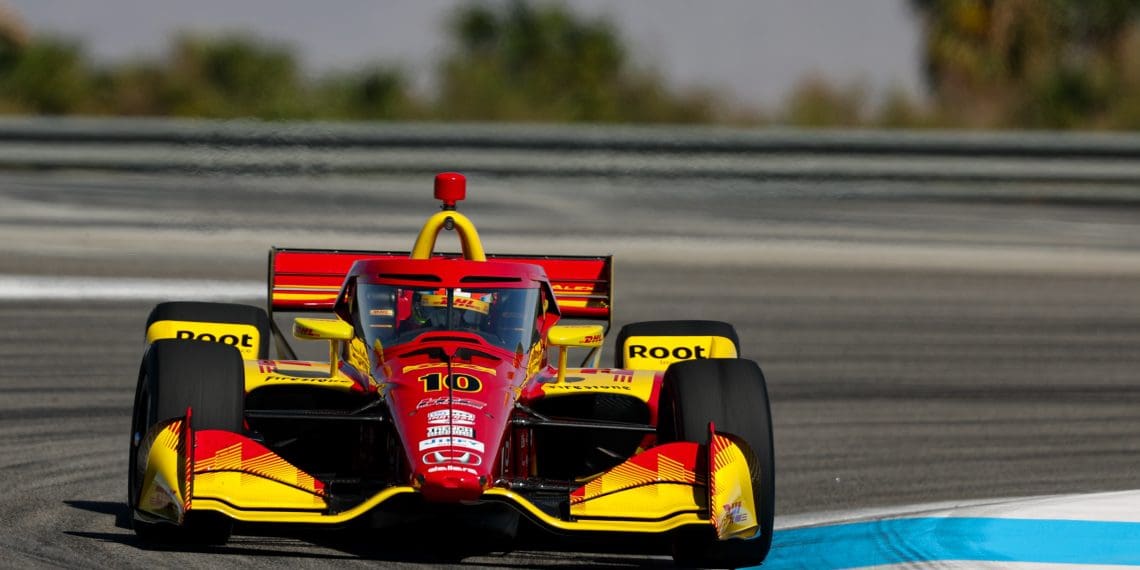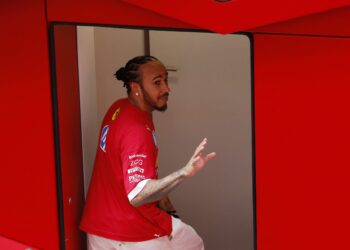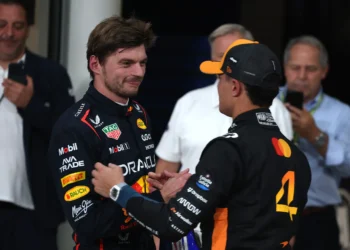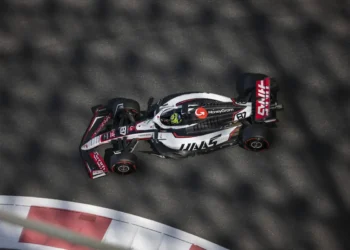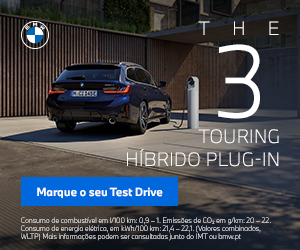Patricio O’Ward’s recent IndyCar showdown can only be described as a rollercoaster ride. It began with him expressing dissatisfaction about his recent qualifying performance, then surprisingly scoring a pole position, and finally, seeing what seemed like a sure victory turn into yet another near-miss second place finish. Despite this, O’Ward’s undeniable charisma and talent have made him an indispensable asset to the IndyCar scene, cultivating a substantial fan base and consistently providing thrilling entertainment.
In a dramatic turn of events in the clash with Alex Palou, O’Ward just missed out on a win that was seemingly in the bag. This eventful weekend has shed significant light on O’Ward’s evolution as a driver, his adaptation to key changes in the field, his mental state, and the seeming inevitability of Palou’s dominance in 2025.
O’Ward, known for his consistency, had been the fifth-best full-time IndyCar qualifier in 2024 and is rarely seen outside the top five. However, his own standards led to disappointment with his performance last year. This sentiment was further fueled by the introduction of the new hybrid unit at the St Petersburg race. The hybrid, first introduced in Mid-Ohio in July last year, has been a game-changer in the first seven races of 2025.
The hybrid’s impact on the car’s weight distribution and set-up philosophy is comparable to the introduction of the aeroscreen in 2020. The additional weight provided by the hybrid has resulted in a more secure rear end, introducing an understeer. O’Ward, known for enjoying a hint of oversteer in his set-up, has found the hybrid adjustment challenging.
Despite the struggles, O’Ward’s recent pole position at the Thermal IndyCar weekend is a testament to his adaptability and resilience. His words, “Maybe I figured out how to drive quickly again,” reflect his humor and determination despite the challenges.
O’Ward has often been stereotyped as a driver who needs the car to be set up in a specific way, tough on tyres, and extravagant in his style. This perspective overlooks his ability to adapt, as seen in his dramatic qualifying leap at Thermal.
The race saw O’Ward perform exceptionally well, even better than many expected, until the final quarter of the race. Despite the team’s struggle at this track last year, O’Ward and his teammate Christian Lundgaard managed to perform well. However, the decision to use fresh soft tyres at the start of the race, while Palou saved his for the last stint, cost them dearly.
Despite struggles with the hybrid and being briefly caught in traffic, O’Ward was still able to stay in the top three, demonstrating his resilience and skill. However, his criticism of other Chevrolet teams hinted at his disappointment with the lack of support when leading.
McLaren and O’Ward’s performance show promising signs of challenging Palou’s dominance down the line. The qualifying improvement and the pace demonstrated by Lundgaard indicate they are building a strong foundation to compete in future races.
In closing, the weekend was a triumph for McLaren, despite the defeat to Palou. Their significant progress from last year’s performance at Thermal and a potential breakthrough in qualifying for O’Ward bodes well for the future. While Palou’s dominance may be daunting, teams and drivers, including O’Ward and McLaren, are clearly up for the challenge. This race was but a stepping stone in their journey, and they are evidently ready to continue pushing forward.

